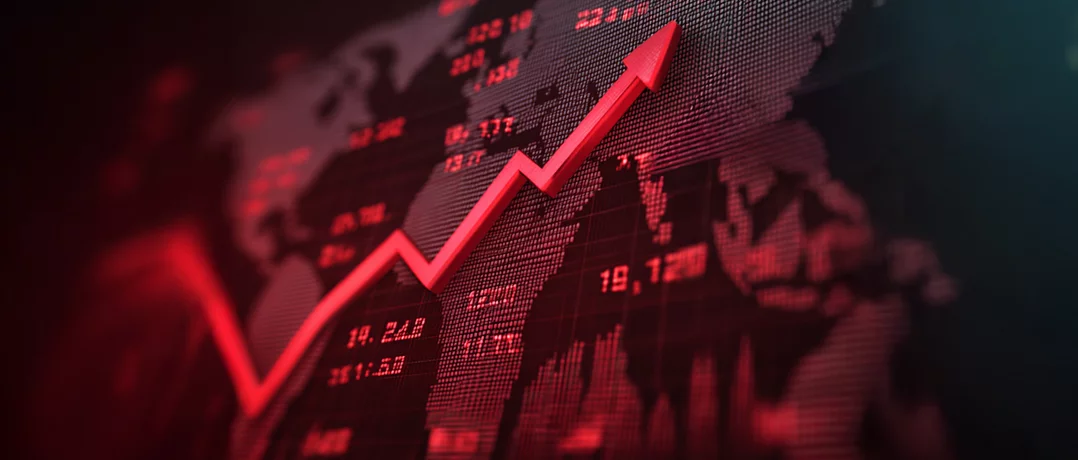Global debt reached a record $150 trillion in early 2025, but while major economies manage their liabilities through scale and financial influence, Lebanon stands out for its unsustainable debt-to-GDP ratio of over 280%, exposing the devastating consequences of debt in a fragile, crisis-hit economy.
The world drowning in debt: Lebanon at the frontline
The world drowning in debt: Lebanon at the frontline


Global debt is reaching dizzying new heights. In the first quarter of 2025, total non-household debt hit $150 trillion, according to the Bank for International Settlements (BIS). While major powers like the U.S. and China dominate the rankings in absolute terms, Lebanon finds itself in the spotlight for one uncomfortable reason: the crushing weight of debt compared to the size of its economy.
Debt has become the backbone of the global economy. Governments borrow to finance public spending, corporations use credit to expand, and financial institutions leverage debt to fuel growth. The result? A staggering $150 trillion in combined liabilities across governments, banks, and corporations in Q1 2025.
At the top of the list, the United States carries $58.8 trillion, a sum made possible by the dollar’s role as the world’s reserve currency. China, the world’s second-largest economy, holds $26.1 trillion, while Japan, long accustomed to high borrowing, sits at $11.1 trillion. Europe’s heavyweights aren’t far behind: France, the United Kingdom, and Germany each report between $4 and 6 trillion in debt.
Taken together, these figures highlight not only the pervasiveness of borrowing but also the deep interconnectedness of global markets. In an age of cross-border capital flows, no economy is insulated: a shock in one corner can quickly reverberate across continents.
Lebanon: a debt story unlike any other
Lebanon’s story is less about absolute numbers and more about proportions. The country’s public debt hovers around $100 billion, a fraction compared to the U.S. or China. But relative to the size of its economy, it is catastrophic. With GDP having collapsed to roughly $35 billion after years of crisis, Lebanon’s debt-to-GDP ratio now exceeds 280%, one of the highest on the planet.
By comparison, Japan, often cited for its towering debt, manages a ratio above 260%, but it has a stable currency, strong institutions, and investor confidence. The U.S. sits around 220%, backed by its financial dominance and global demand for the dollar. Lebanon, on the other hand, faces the worst of all worlds: a shattered banking system, a currency that has lost more than 90% of its value since 2019, and virtually no access to international capital markets.
In effect, while other nations use debt as a lever for growth, Beirut experiences it as a deadweight pulling the economy deeper into recession.
Emerging economies: different scale, similar dangers
Outside the largest economies, emerging and smaller markets collectively carry more than $11 trillion in debt. While less dramatic in scale, these obligations pose serious challenges: limited fiscal space, reliance on foreign currency borrowing, and exposure to external shocks. Unlike the U.S. or Japan, most developing nations lack the monetary firepower to “print” their way out of crises.
Lebanon stands as a stark case study of these vulnerabilities. With exports weak, remittances strained, and reforms stalled, debt becomes less a tool of development than a countdown clock to collapse.
Global debt has never been higher, yet most nations manage to keep juggling repayments. For Lebanon, the show looks very different: revenues vanish, reforms stall, and obligations pile up. If debt were an art form, the country would already have a wing in the Museum of Economic Disasters a dark reminder that in Beirut, liabilities are eternal, but solutions are always “under discussion.”


